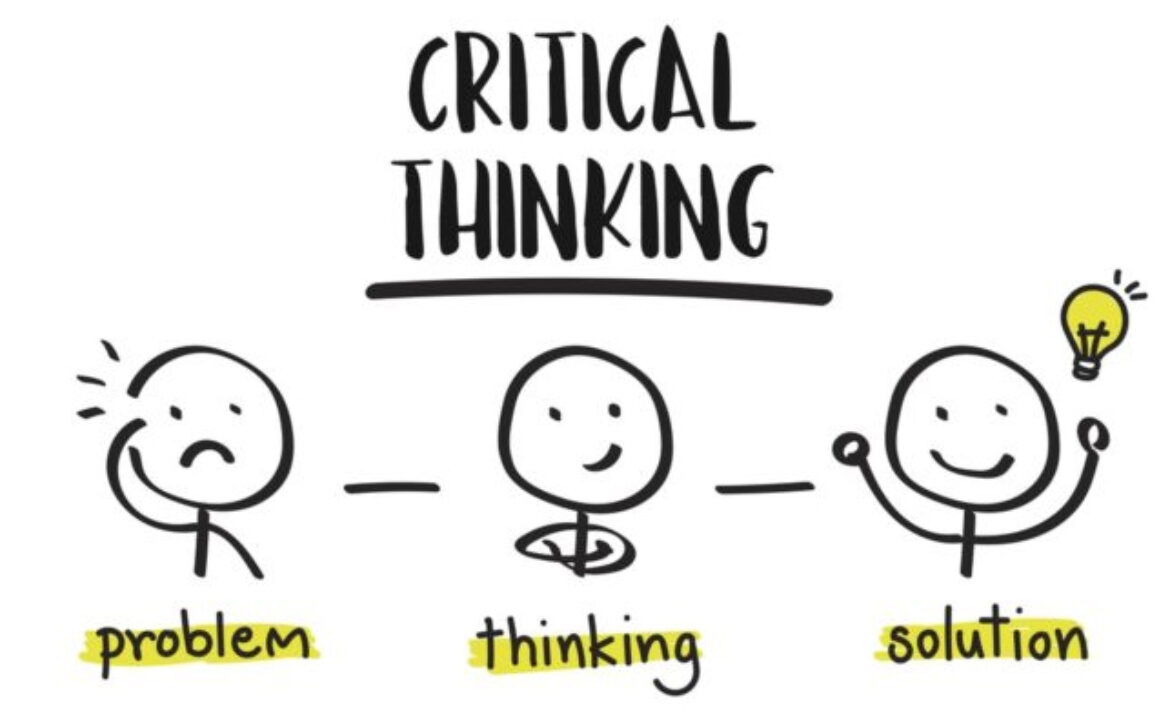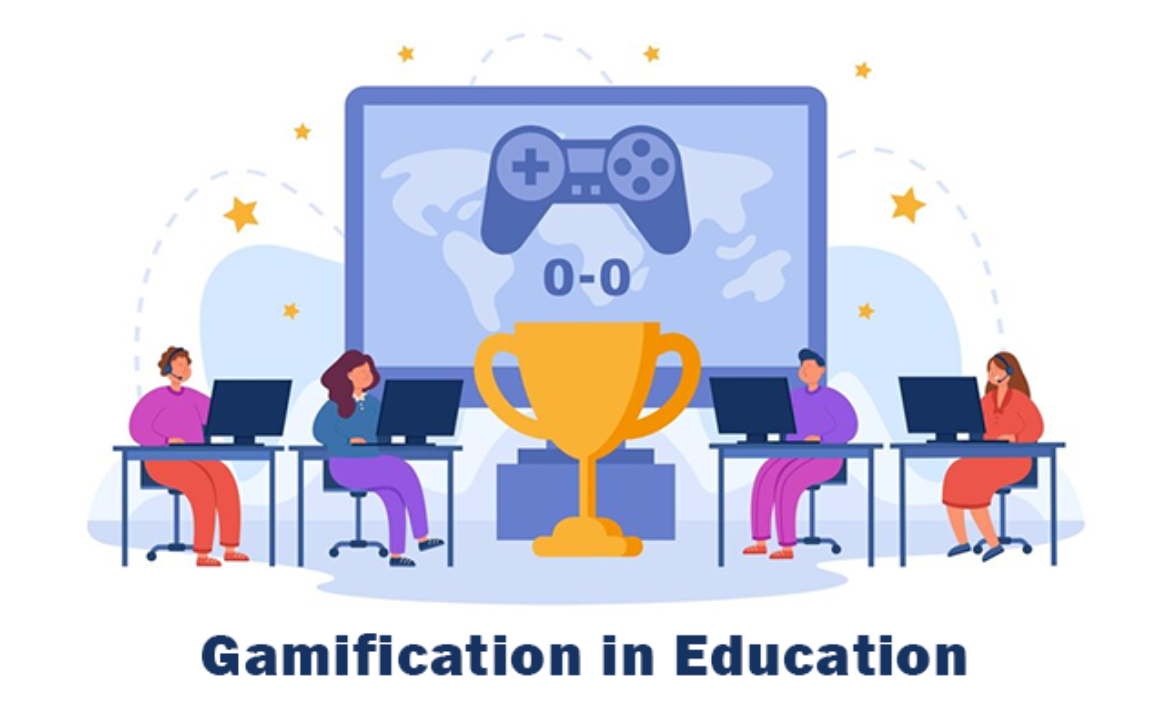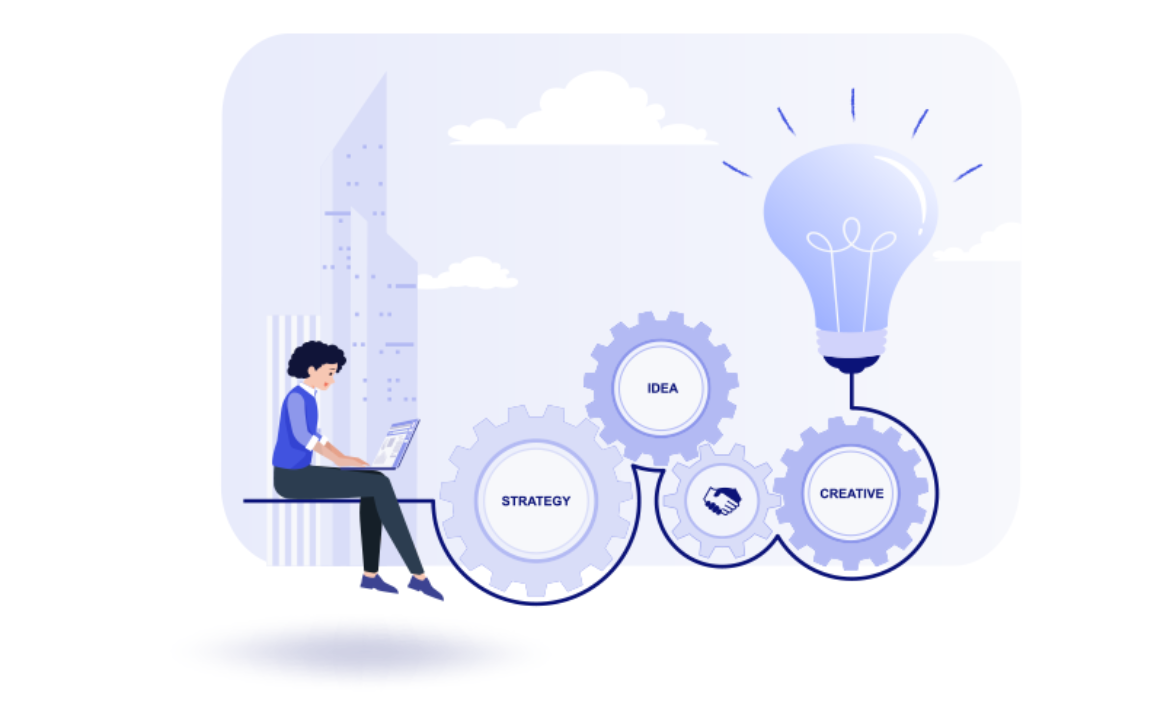Cultivating Critical Thinking: Strategies for Fostering Independent Thought in Students
In a world inundated with information and rapid change, the ability to think critically is paramount. Critical thinking equips individuals with the skills to analyze, evaluate, and synthesize complex ideas, enabling them to make informed decisions and navigate an ever-evolving landscape. As educators, parents, and mentors, fostering independent thought and critical thinking in students is an essential task that empowers them to thrive in both academic and real-world contexts.
Understanding Critical Thinking
Critical thinking goes beyond memorizing facts; it involves questioning assumptions, exploring diverse perspectives, and arriving at well-reasoned conclusions. It encourages individuals to be curious, open-minded, and analytical in their approach to problem-solving.
Strategies for Cultivating Critical Thinking
- Encourage Questioning: Foster a culture where students feel comfortable asking questions. Encourage them to challenge assumptions, explore contradictions, and seek deeper understanding.
- Promote Active Listening: Active listening is the foundation of critical thinking. Teach students to listen attentively, ask follow-up questions, and consider different viewpoints before forming their opinions.
- Develop Analytical Skills: Introduce students to analyzing information critically. Teach them to identify biases, credibility, and relevance in sources, ensuring they form opinions based on reliable evidence.
- Problem-Based Learning: Present real-world problems that require analysis, research, and creative problem-solving. This approach encourages students to think critically while collaborating to find solutions.
- Socratic Questioning: Use the Socratic method to stimulate critical thinking through a series of open-ended questions. This technique encourages students to evaluate their own thinking and consider alternative viewpoints.
- Discussion and Debate: Engage students in discussions and debates on various topics. Encourage them to defend their viewpoints using evidence and logical reasoning while remaining open to counterarguments.
- Diverse Perspectives: Expose students to a wide range of perspectives, cultures, and ideas. This fosters empathy, expands their worldview, and enhances their ability to analyze complex situations.
- Problem-Solving Activities: Offer challenges that require creative problem-solving. These activities encourage students to think outside the box, consider unconventional solutions, and refine their critical thinking skills.
- Reflective Journals: Assign reflective journals where students analyze their thoughts and experiences. This practice helps them develop self-awareness and refine their ability to assess their own thinking processes.
- Ethical Dilemmas: Present ethical dilemmas that require students to consider moral implications and weigh potential outcomes. This approach encourages them to think critically about complex ethical issues.
Benefits of Critical Thinking
Cultivating critical thinking skills offers numerous benefits to students:
- Empowerment: Critical thinkers are confident decision-makers, equipped to tackle challenges with independence and self-assurance.
- Problem-Solving: Critical thinkers excel at identifying problems, breaking them down into manageable components, and devising effective solutions.
- Effective Communication: The ability to articulate well-reasoned arguments enhances communication skills, enabling students to convey their ideas clearly and persuasively.
- Lifelong Learning: Critical thinking is a skill that can be applied across disciplines and throughout life. It encourages a love for learning and adaptability to new information.
- Success in a Changing World: In an era of rapid technological advancements and evolving job markets, critical thinkers are better equipped to navigate uncertainty and embrace change.
Conclusion
Nurturing critical thinking is an investment in the future of our students. By imparting the skills to question, analyze, and reason, we empower them to become active, informed, and adaptable individuals. As educators, parents, and mentors, fostering an environment that encourages independent thought and critical analysis will not only benefit the students but also contribute to a more thoughtful, innovative, and informed society.












